Filter by

Mining and indigenous livelihoods: rights, revenues, and resistance
The space left for indigenous peoples' voices in Canadian and Fennoscandian mining legal frameworks : a comparative analysis / Zoé Boirin-Fargues and Sophie Thériault -- Closure and connection : a Southwest Pacific reappraisal of the mining enclave / Pierre-Yves Le Meur and Glenn Banks -- Foreign investor accountability for the violation of indigenous peoples' rights in international invest…
- Edition
- -
- ISBN/ISSN
- 9781003406433
- Collation
- -
- Series Title
- -
- Call Number
- -
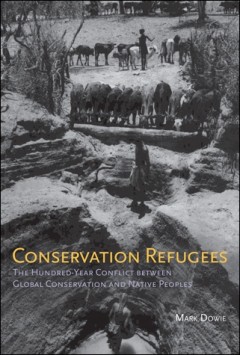
Conservation refugees The Hundred-Year Conflict between Global Conservation a…
How native people--from the Miwoks of Yosemite to the Maasai of eastern Africa--have been displaced from their lands in the name of conservation. Since 1900, more than 108,000 officially protected conservation areas have been established worldwide, largely at the urging of five international conservation organizations. About half of these areas were occupied or regularly used by indigenous peop…
- Edition
- -
- ISBN/ISSN
- -
- Collation
- 1 online resource (376 pages).
- Series Title
- -
- Call Number
- -

Subversion, conversion, development : cross-cultural knowledge exchange and t…
This volume explores alternative cultural encounters with and around information technologies, encounters that counter dominant, Western-oriented notions of media consumption. The contributors include media practices as forms of cultural resistance and subversion, 'DIY cultures', and other non-mainstream models of technology production and consumption. The contributors - leading thinkers in sci…
- Edition
- -
- ISBN/ISSN
- 9780262322492
- Collation
- 1 online resource (266 pages).
- Series Title
- -
- Call Number
- -
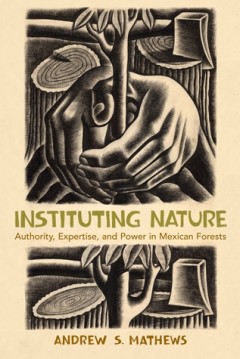
Instituting Nature: Authority, Expertise, and Power in Mexican Forests
Here, Mathews describes Mexico's efforts over the past hundred years to manage its forests through forestry science and biodiversity conservation. He shows that transparent knowledge was produced by encounters between the relatively weak forestry bureaucracy and the indigenous people who manage and own the pine forests of Mexico.OCLC-licensed vendor bibliographic record.
- Edition
- -
- ISBN/ISSN
- 9780262298537
- Collation
- 1 online resource (xii, 304 pages) :illustrations, maps.
- Series Title
- -
- Call Number
- -

Conservation refugees :the hundred-year conflict between global conservation …
How native people--from the Miwoks of Yosemite to the Maasai of eastern Africa--have been displaced from their lands in the name of conservation. Since 1900, more than 108,000 officially protected conservation areas have been established worldwide, largely at the urging of five international conservation organizations. About half of these areas were occupied or regularly used by indigenous peop…
- Edition
- -
- ISBN/ISSN
- 9780262322515
- Collation
- 1 online resource (376 pages).
- Series Title
- -
- Call Number
- -

The Neoliberal State, Recognition and Indigenous Rights New paternalism to n…
The impact of neoliberal governance on indigenous peoples in liberal settler states may be both enabling and constraining. This book is distinctive in drawing comparisons between three such states—Australia, Canada and New Zealand. In a series of empirically grounded, interpretive micro-studies, it draws out a shared policy coherence, but also exposes idiosyncrasies in the operational dynamic…
- Edition
- -
- ISBN/ISSN
- -
- Collation
- -
- Series Title
- -
- Call Number
- -
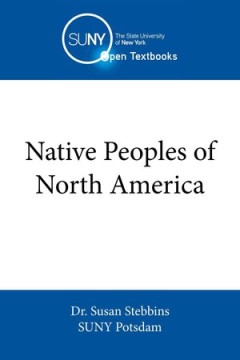
Native Peoples of North America
Native Peoples of North America is intended to be an introductory text about the Native peoples of North America (primarily the United States and Canada) presented from an anthropological perspective. As such, the text is organized around anthropological concepts such as language, kinship, marriage and family life, political and economic organization, food getting, spiritual and religious pract…
- Edition
- -
- ISBN/ISSN
- -
- Collation
- -
- Series Title
- -
- Call Number
- 970 STE n
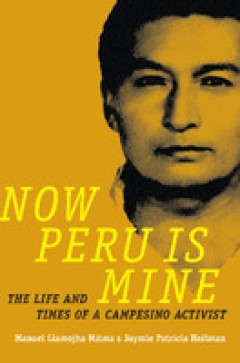
Now Peru Is Mine: The Life and Times of a Campesino Activist
Born in 1921, Manuel Llamojha Mitma became one of Peru's most creative and inspiring indigenous political activists. Now Peru Is Mine combines extensive oral history interviews with archival research to chronicle his struggles for indigenous land rights and political inclusion as well as his fight against anti-Indian racism. His compelling story—framed by Jaymie Patricia Heilman's historical …
- Edition
- -
- ISBN/ISSN
- 9780822373759
- Collation
- -
- Series Title
- -
- Call Number
- -
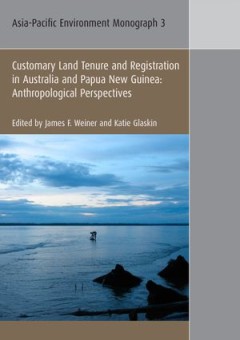
Customary Land Tenure & Registration in Australia and Papua New Guinea : Anth…
The main theme of this volume is a discussion of the ways in which legal mechanisms, such as the Land Groups Incorporation Act (1974) in PNG, and the Native Title Act (1993) in Australia, do not, as they purport, serve merely to identify and register already-existing customary indigenous landowning groups in these countries. Because the legislation is an integral part of the way in which indige…
- Edition
- -
- ISBN/ISSN
- 9781921313271
- Collation
- -
- Series Title
- Asia-Pacific Environment Monographs
- Call Number
- 340 CUS
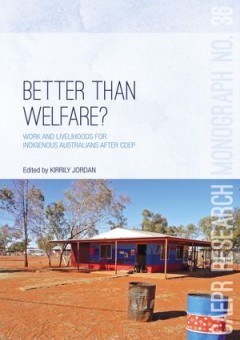
Better Than Welfare? : Work and livelihoods for Indigenous Australians after …
The end of the very long-standing Community Development Employment Projects (CDEP) scheme in 2015 marked a critical juncture in Australian Indigenous policy history. For more than 30 years, CDEP had been among the biggest and most influential programs in the Indigenous affairs portfolio, employing many thousands of Aboriginal and Torres Strait Islander people. More recently, it had also become …
- Edition
- -
- ISBN/ISSN
- 9781760460280
- Collation
- -
- Series Title
- Research monograph (Australian National University. Centre for Aboriginal Economic Policy Research) ; no. 36
- Call Number
- 331.639 915 BET
 Computer Science, Information & General Works
Computer Science, Information & General Works  Philosophy & Psychology
Philosophy & Psychology  Religion
Religion  Social Sciences
Social Sciences  Language
Language  Pure Science
Pure Science  Applied Sciences
Applied Sciences  Art & Recreation
Art & Recreation  Literature
Literature  History & Geography
History & Geography